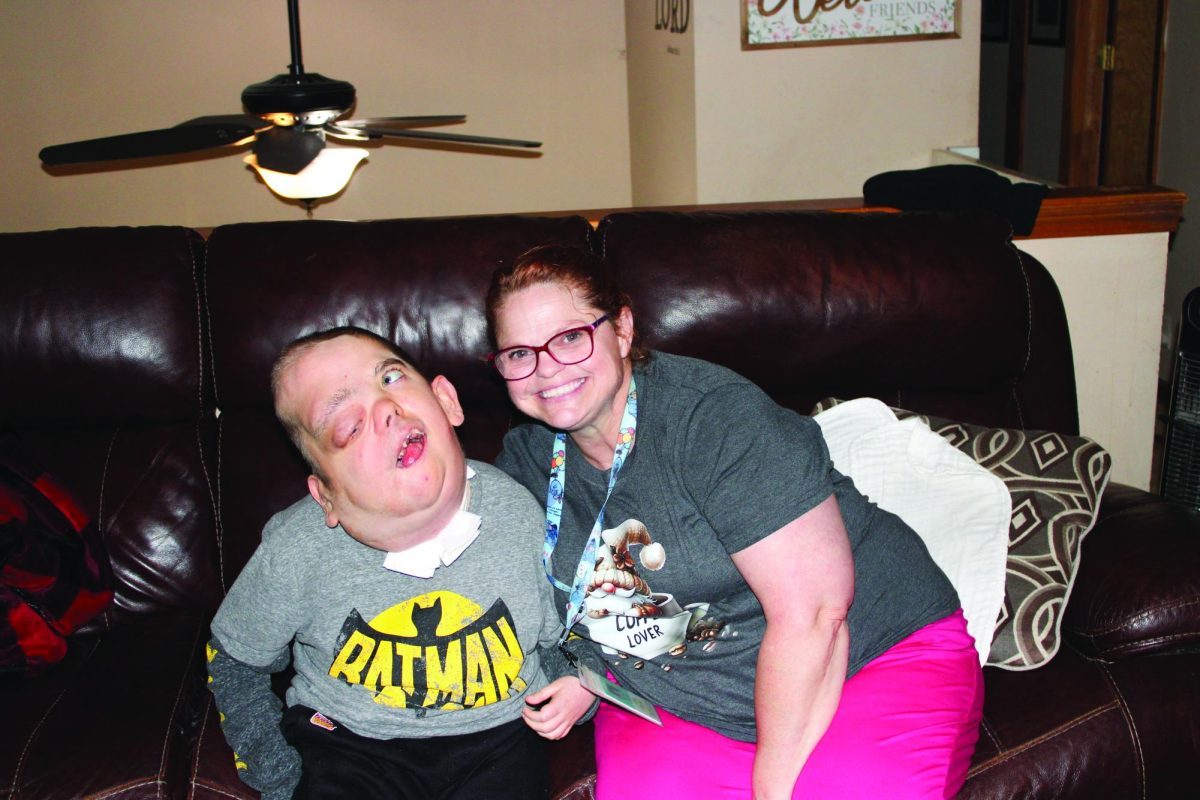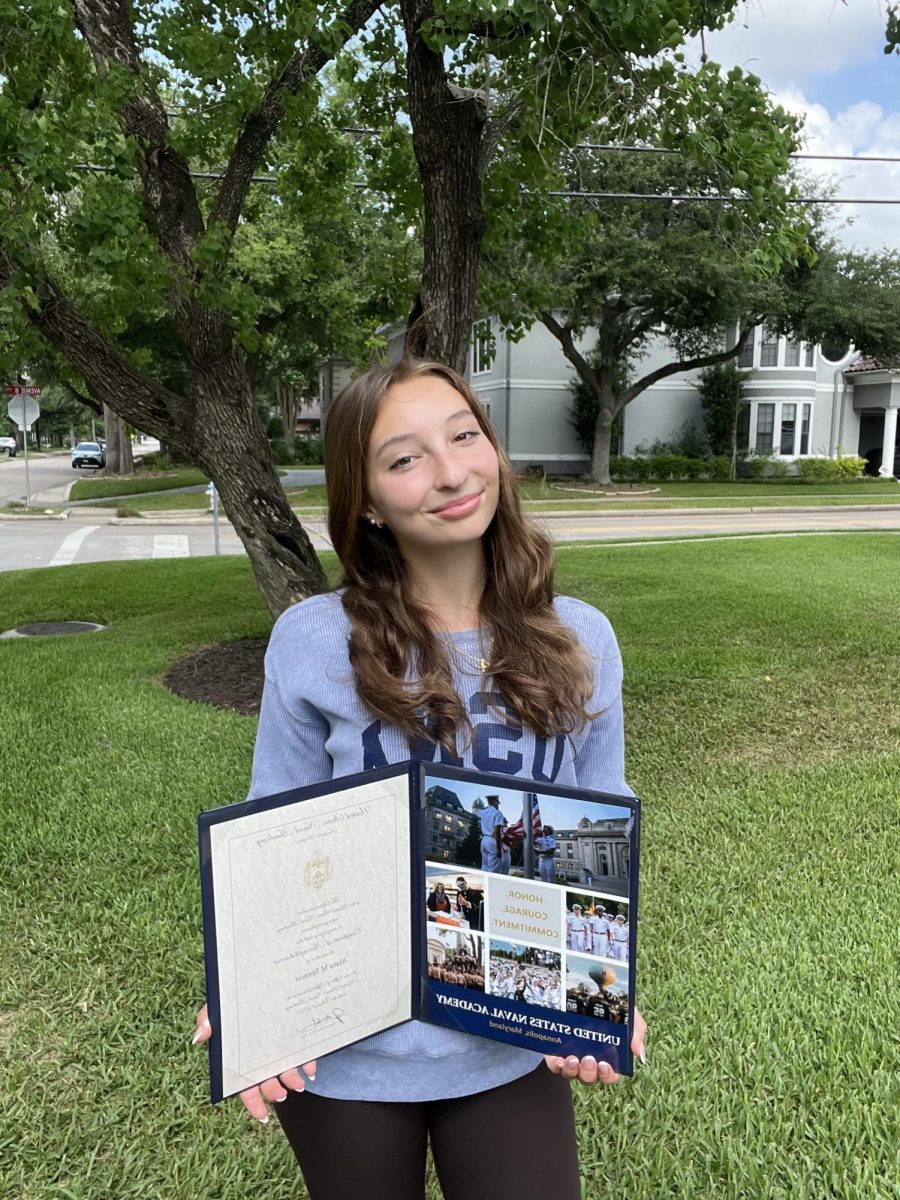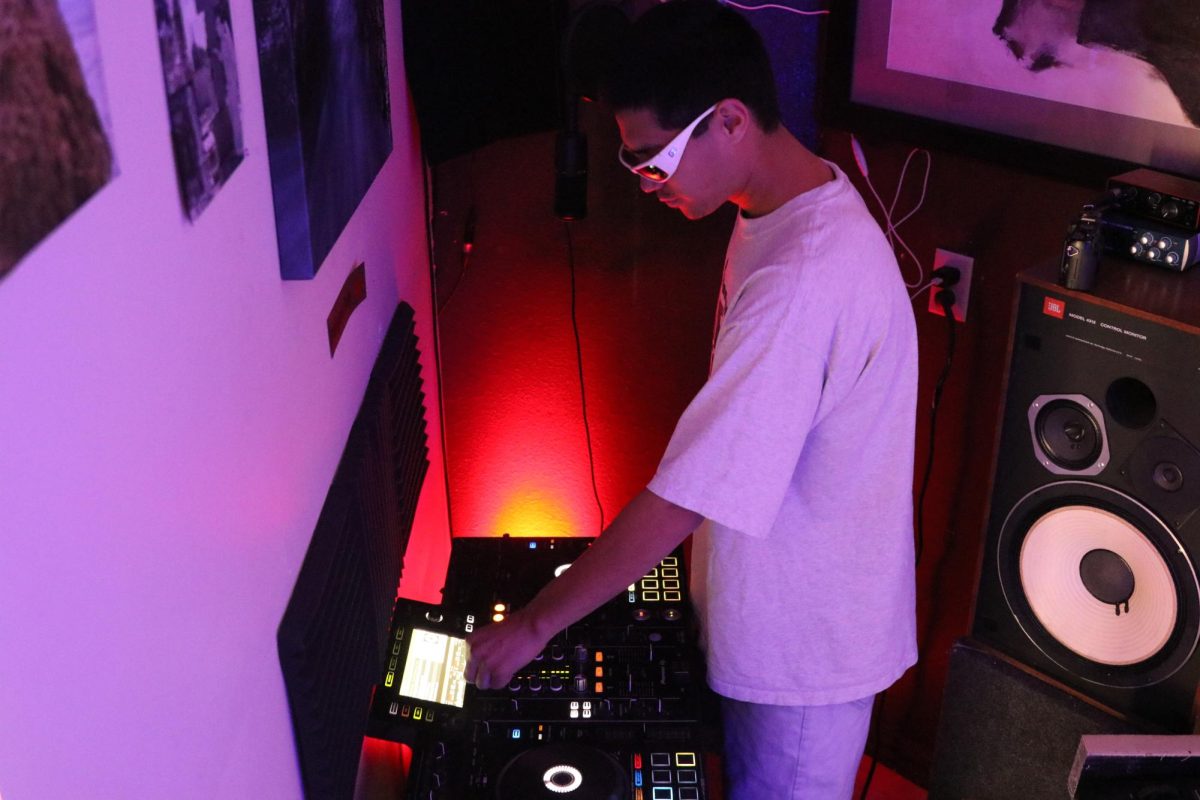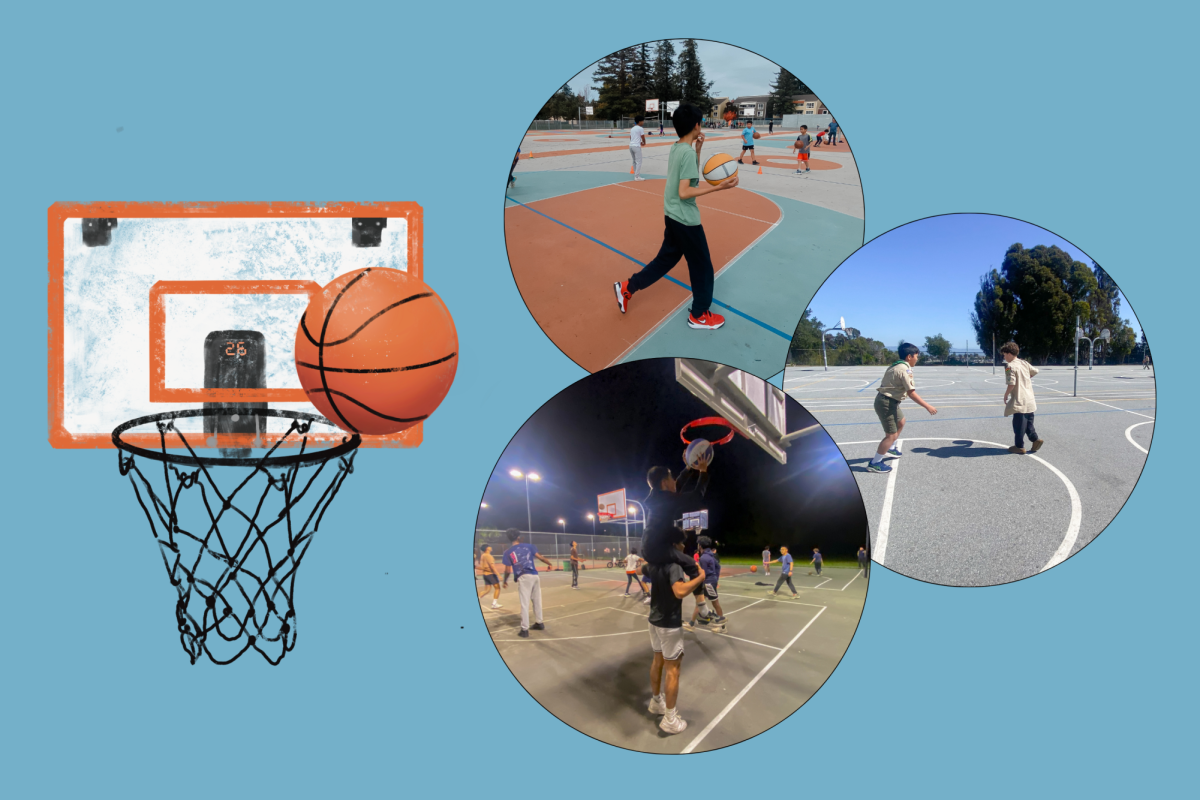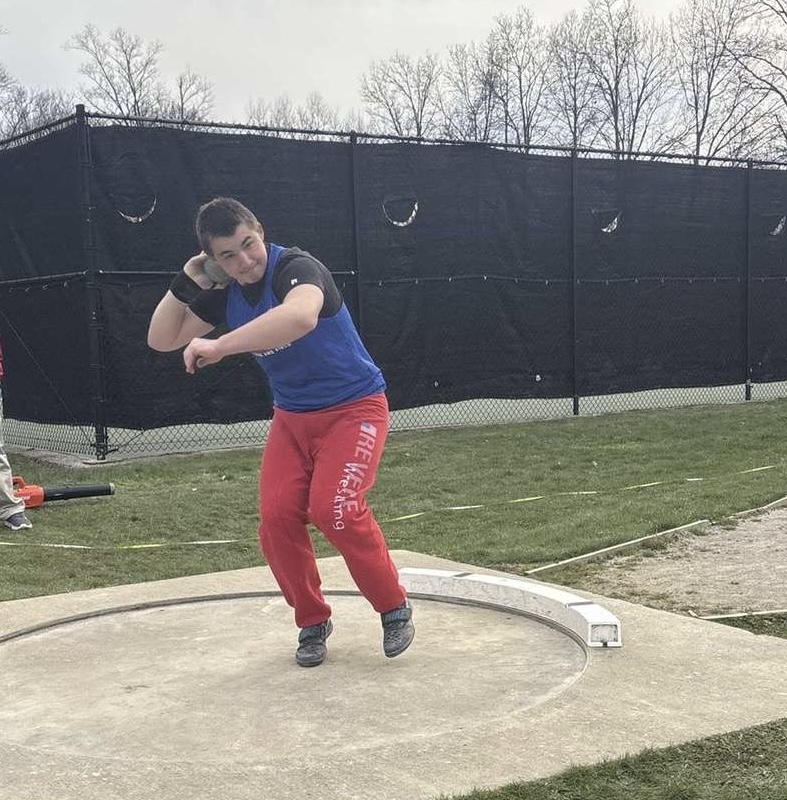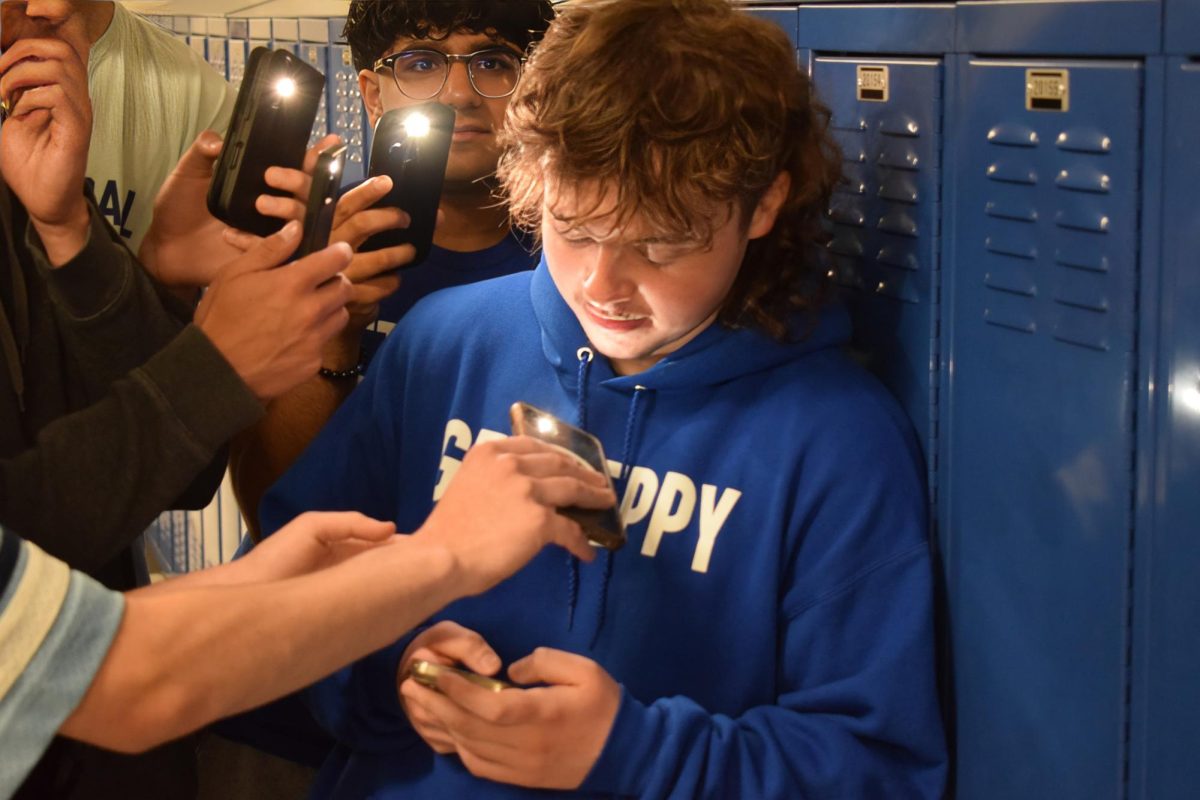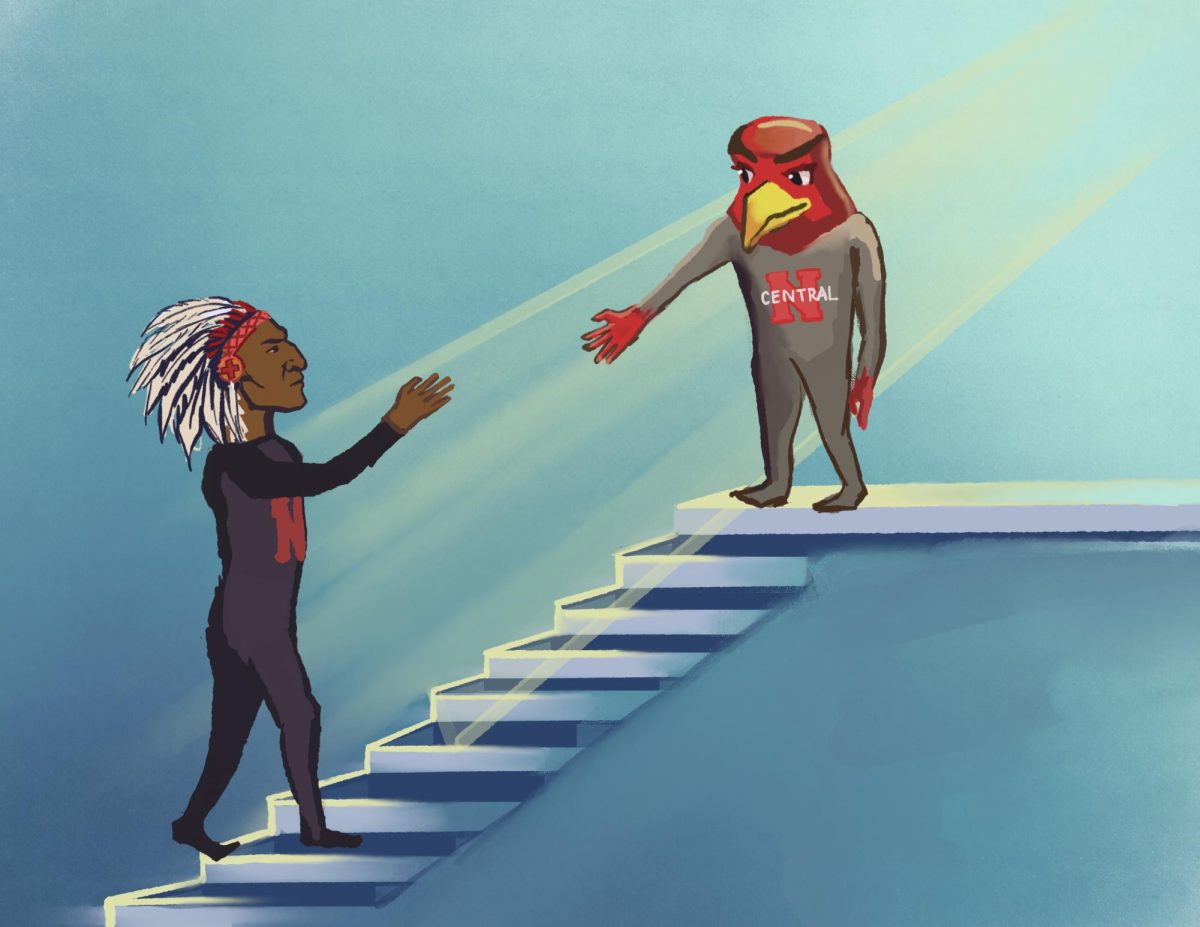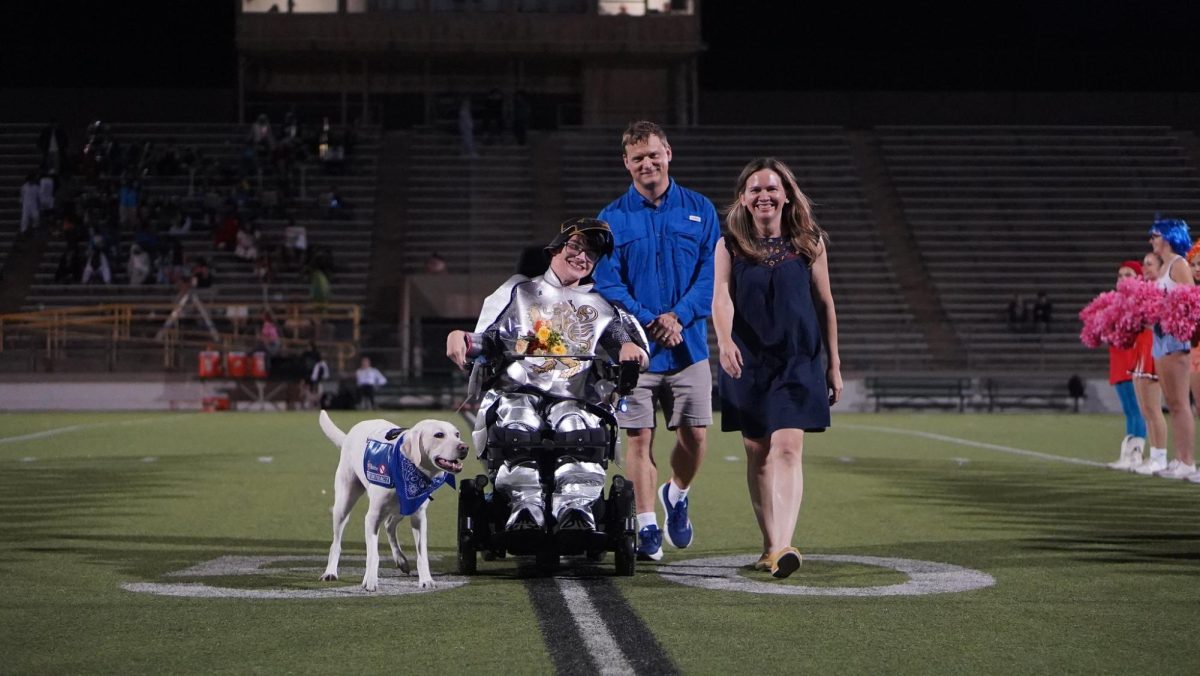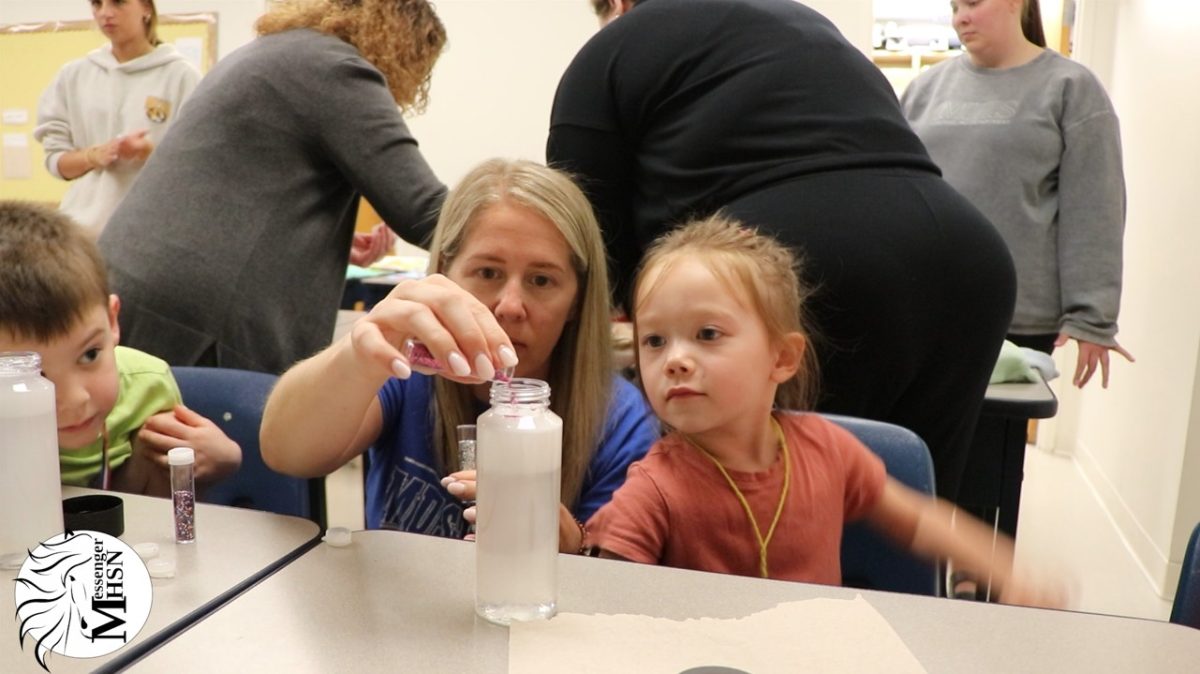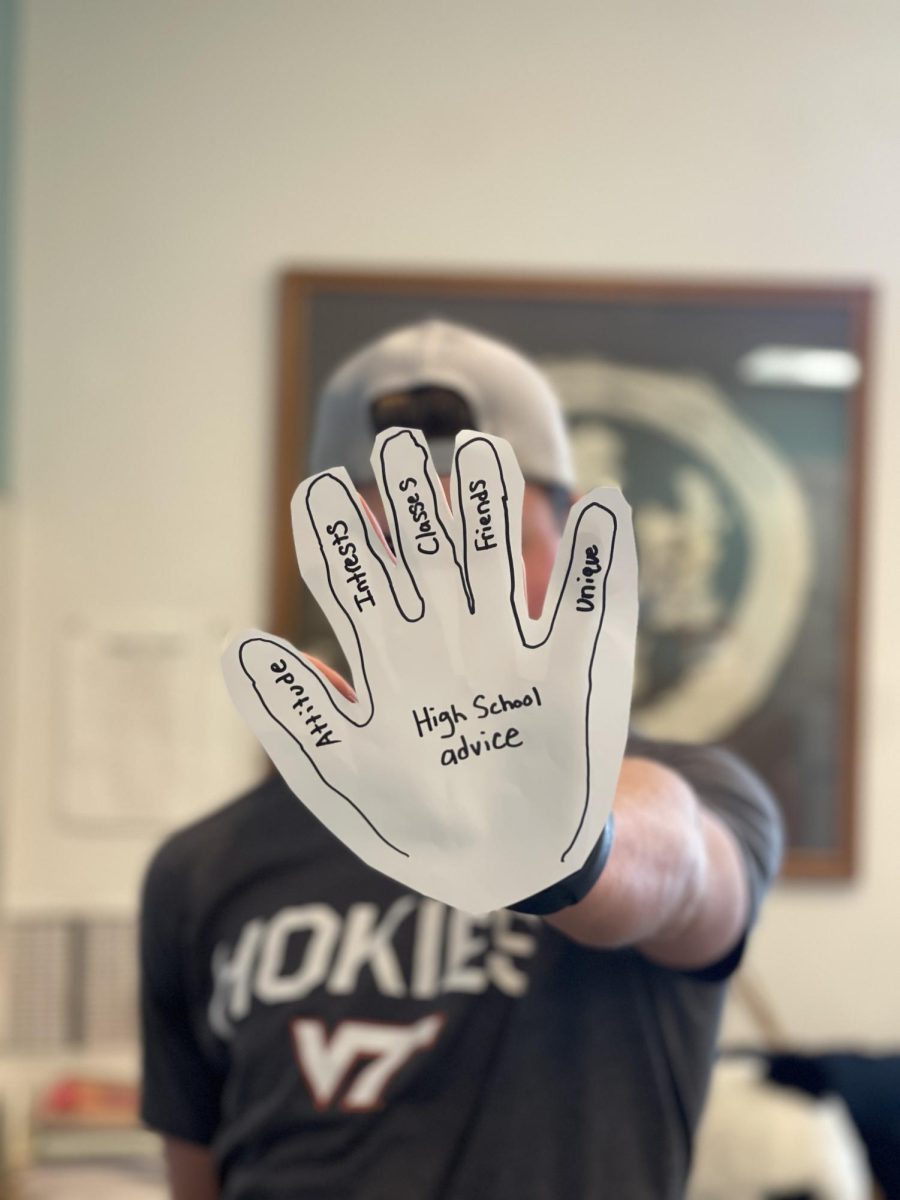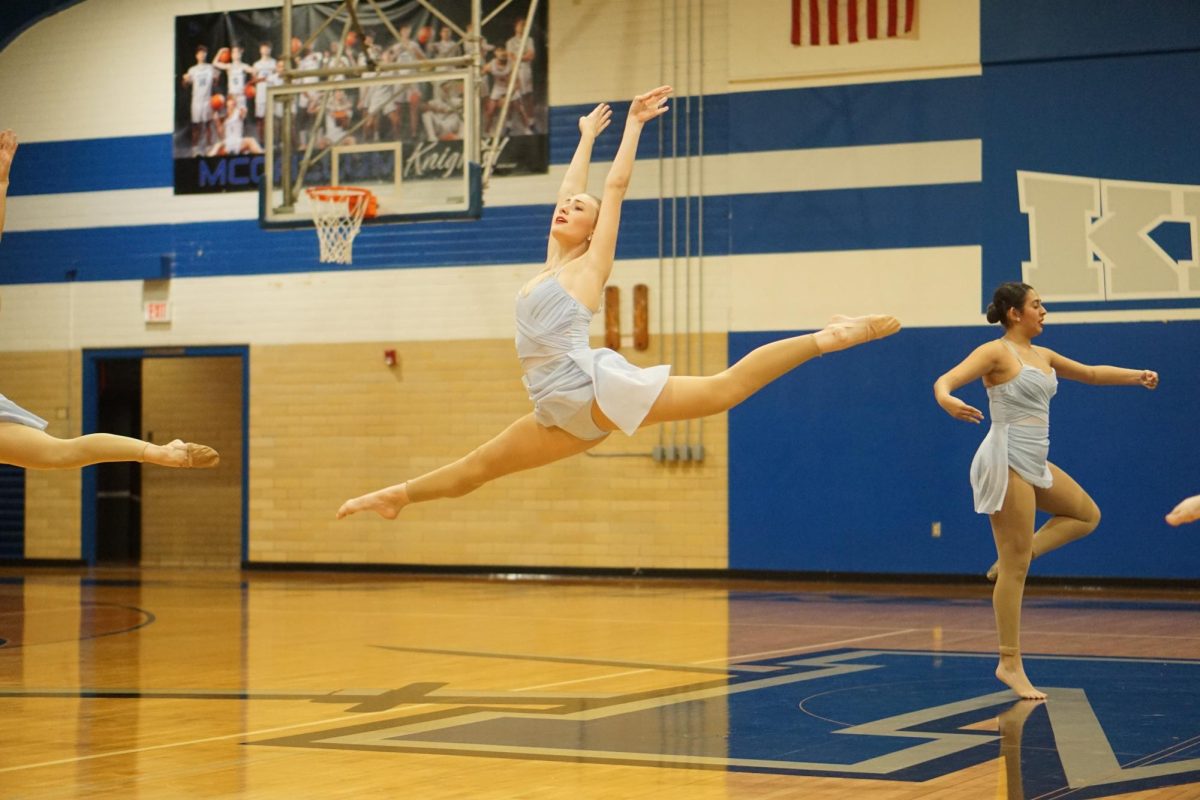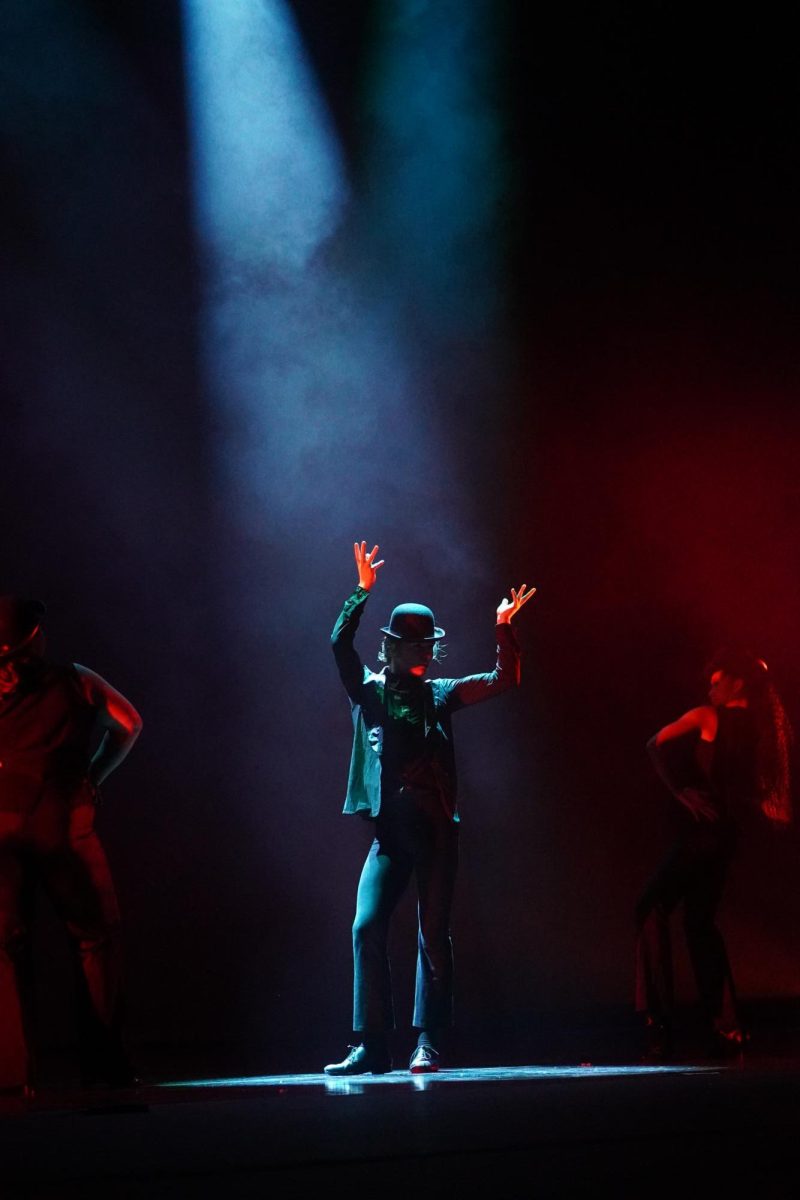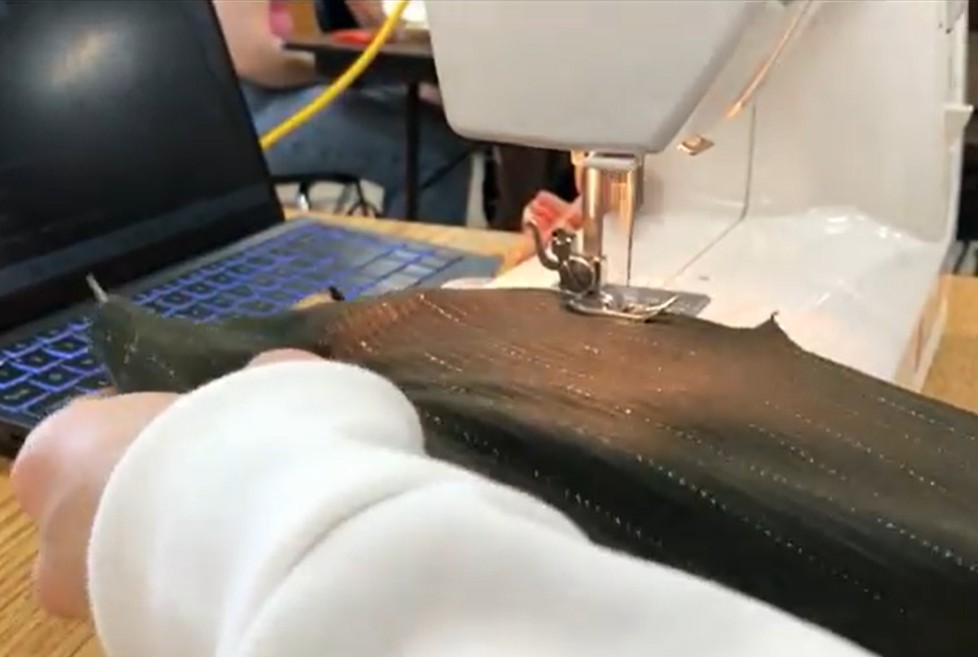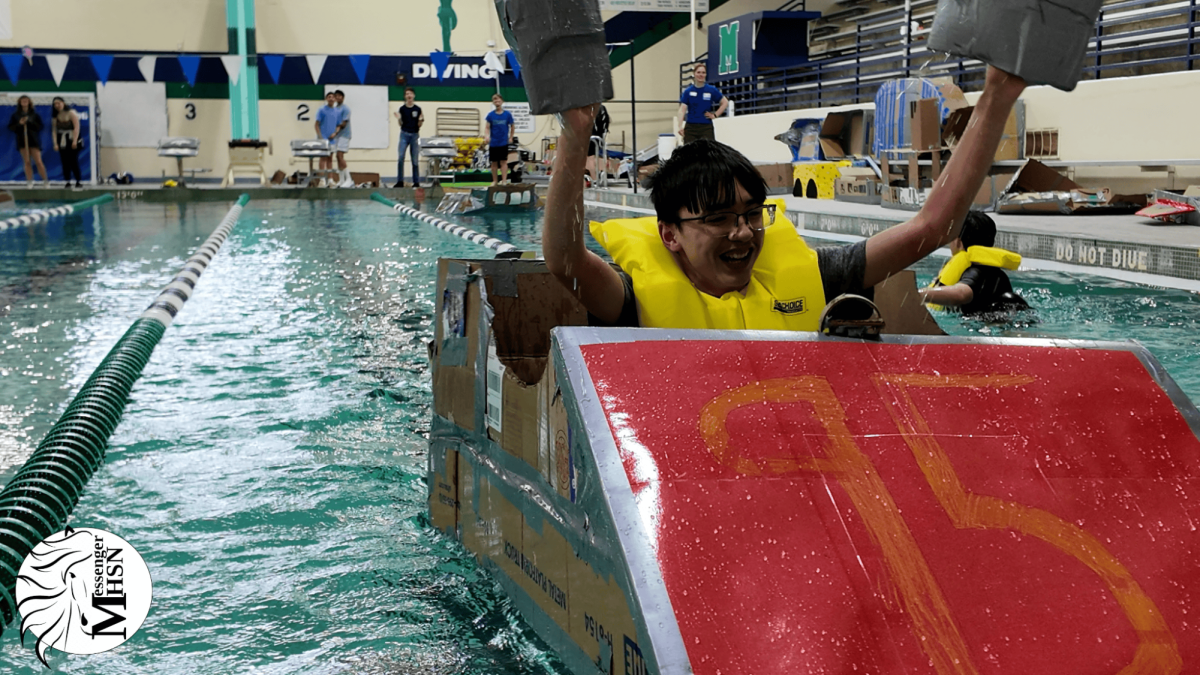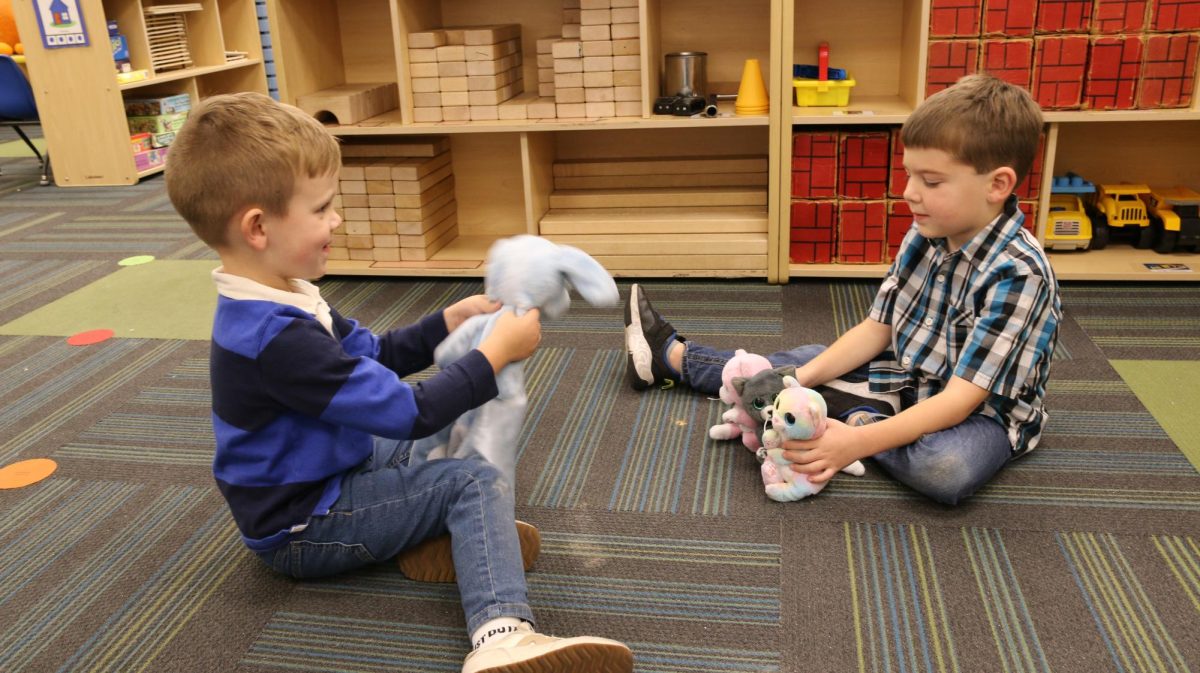While at a two week debate camp in 8th grade, Dhruv Chakravarthula, sophomore, met Aditi.
“We got really close in the two weeks that we were there,” Chakravarthula said.
Aditi bought Chakravarthula a stuffed animal from the brand Jellycat: a small gray cat named Jasmine.
“She lives in Columbia, Missouri, so it’s kind of a way that she’s here,” Chakravarthula said.
Jasmine lives on Chakravarthula’s desk and is there when he does his homework. If he’s having a bad day or is just feeling down, Chakravarthula said he likes to talk to Jasmine about it.
“It’s just a rock that’s been a constant there throughout the changes in my life,” Chakravarthula said. “Throughout the good and bad, she’s been there.”
Teens’ love for stuffed animals originates from the contact comfort they received from items like stuffed animals and blankets when they were babies, Ashley Hobbs, psychology teacher, said.
It was first believed that babies develop attachment to their parents through nursing, but in the 1960s, psychologists Margert and Harry Harlow discovered that babies actually form attachments through contact comfort, Hobbs said.
“The contact with the item, because it’s soft and it feels good, it makes them have a sense of security and safety,” Hobbs said.
As people grow, they continue to carry a sense of security and comfort directed toward stuffed animals. The connection between people and their stuffed animals also can be linked to memories that they hold, Hobbs said.
“Our memories are often retrieved based on things that are visual or auditory, or even the way they smell,” Hobbs said. “Sometimes people can even take a picture of it to hold onto the sentimentality.”
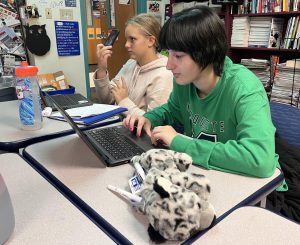
While looking for pencil cases at Staples, Ash Fumasi, senior, found a stuffed animal of a snow leopard. This wasn’t just a stuffed animal though, it turned out to be a pencil case.
“I have really bad anxiety, and I have so many stuffed animals at my house, but obviously I’m not going to bring a whole stuffed animal to school,” Fumasi said, “I’ll be sitting in class and just give him a little hug when I feel sad.”
Fumasi named their new pencil case, McFlurry. By having a stuffed animal pencil case, it has allowed for them to feel more secure, and at home during school, Fumasi said.
“When I’m here I dont really know what to do with my hands a lot, and it makes me bite my fingernails, so when I have this, I can pet him and hold him,” Fumasi said.
At the preschool housed within MHS, kids bring in their stuffed animals everyday so they can have them during their nap time, or when needed to calm down.
Preschooler Benny Bartoe brings his stuffed dog, Puppy Blue, with him to school, the library and camping.
“He likes eating food,” Bartoe said. “He likes spicy food too, and he likes pepperoni too.”
Art teacher Melissa Wilson’s daughter Everleigh has a stuffed animal named Berry. Berry is a red bear and has a heart nose.
Everleigh said she and Berry play together and sit on the couch together.
Katie Junge, preschool teacher, said the teachers encourage students to bring a stuffed animal or a blanket with them for nap time and for comfort.
“We try to limit having them out only during nap time or rest time, and if a child is upset or needing a comfort item, otherwise they can easily become a distraction,” Junge said. “Kids are playing with them instead of listening, or participating in activities.”
Senior Principal Amy Sturges’ son, Alex, is a preschooler and brings three stuffed cats with him to school everyday.
“I drop them off at school, then when it’s nap time I actually snuggle them,” Alex said.
Alex has twin kitties named Binks and Jenny, and a third kitty named Bell. Binks is gray, Jenny is rainbow and Bell is pink.
“They tickle their whiskers on my belly,” Alex said.
This story was originally published on Marquette Messenger on October 25, 2024.

